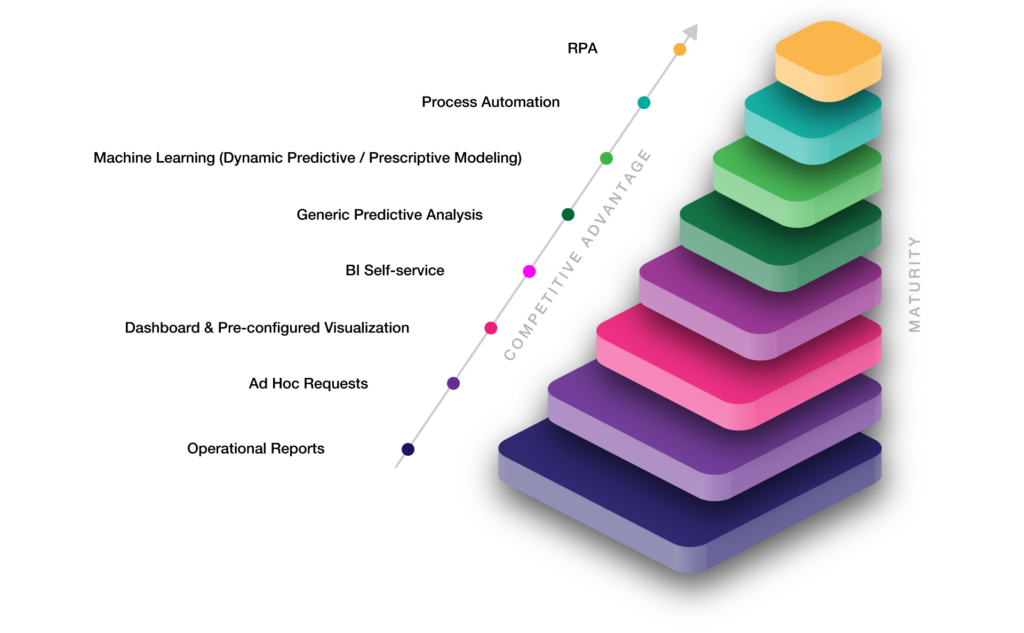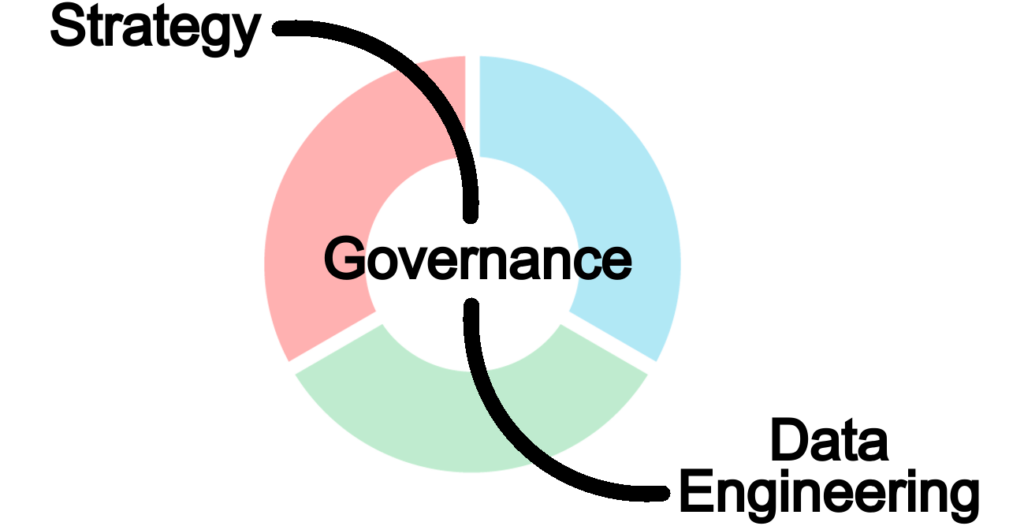Predictive analytics represent a huge leap in complexity as it tackles uncertainty in the future. It proposes, using complex mathematical tools, to transform the information obtained so far, into knowledge. This knowledge, by calculating the probability of an event occurring in the future, allows us to make educated decisions. Predictive analytics help lift part of the veil of future uncertainty and help make the best educated decision possible. This is the field of predictive modeling, Machine Learning and Deep Learning.
Prescriptive analysis is mathematically identical to predictive analysis but reversed over time. If predictive analysis teaches us, for a given present universe, the probability of an event occurring in the future, prescriptive analysis tells us what we need to change in our present universe in order to increase the probability of occurrence of a given event in the future.
Static predictive modeling
A model is a mathematical equation that has parameters. Each parameter represents a correlation between two variables. In a classic or static model, the parameters are fixed and therefore do not vary over time. However, the universe evolves, the correlations change and the models therefore become obsolete over time. It is therefore necessary to recalculate them regularly.
Static models, however, have the advantage of being able to explain the origin of a prediction, which is useful, and sometimes mandatory, in regulated industries such as banking and finance.
Dynamic predictive modeling - Machine Learning
In order to counter the obsolescence of predictive models over time, it has been made possible the automatic recalculation of parameters with the addition of new observations. This recalculation is done thanks to the use of cross validation and thanks to a regularization controlled by hyperparameters. Predictive models designed in machine learning or Machine Learning adapt automatically as new observations are added. This brings a considerable gain in efficiency, time and precision.
Neural network / Deep Learning
Neural networks first appeared in the 1960s and have continued to improve. Designed to mimic the functioning of a human brain, they are made up of "neurons" or "nodes" through which pass a flow of data, controlled by activation functions. Neurons are arranged in layers. When a network has more than 7 layers, we speak of a deep neural network and therefore of Deep Learning.
These networks are widely used today, among others in complex applications of image and sound recognition, voice recognition and writing.





